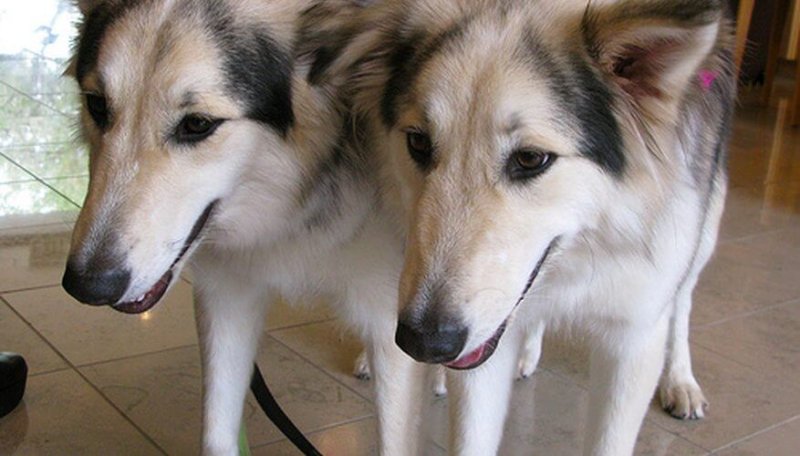The story that sent shivers up my spine…was about Monni Must, a Michigan portrait photographer who paid to clone Billy Bean, a Labrador retriever that had belonged to her oldest daughter, Miya. Miya had committed suicide 10 years earlier. To Must, cloning the elderly dog was a way to keep her daughter’s memory alive and, she says, to “protect” her grief.
…
Alarm bells went off in my head. Must wasn’t just cloning a pet. She was trying to preserve a lost child. It seemed awfully close to a real human cloning scenario, one in which a heartbroken parent tries to replace a son or daughter who dies early.
…
We can make cloned human embryos pretty well. Could we go further and grow those embryos into a baby?
…
“No society could accept this,” says [stem cell biologist Yi] Zhang. “On the other hand, if you are asking me, can you improve the efficiency even more? Well, the answer is yes. My answer is that eventually, from a technology point of view, human cloning will be possible.”
…
I finally asked Must: Would she have cloned Miya if she’d had the chance? She said it’s not a question she has an answer to. “When you have a child who dies, you are not in a good place. You are not in a place to make a rational decision,” she says.
Read full, original post: Pet cloning is bringing human cloning a little bit closer































